If you visit Moscow, St. Petersburg or any other city in Russia, and on your walks you end up in the old quarters, you will discover real architectural gems. These are traditional Russian wooden houses built in the 18th, 19th or early 20th century. Their condition contrasts sharply with the great monuments and museums, promoted and visited. In contrast to these, which are carefully maintained, wooden houses are covered in the stubble of oblivion and left slowly to die.
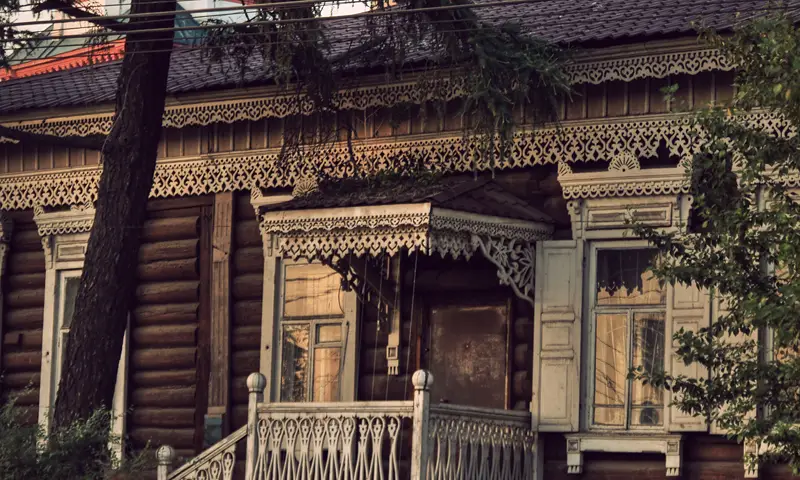
photo source: liveinternet.ru
Forgotten houses replaced by apartments without personality
In the old Soviet Union, as in ours, the need for living space was solved from the 1950s onwards by building blocks of tiny apartments, identical concrete boxes in which entire families lived. Neighbourhoods of grey blocks of flats, totally devoid of personality, sprang up in every city. Architectural creativity was left aside, with the blocks reproduced identically, regardless of the city.
I am reminded of an otherwise very funny Soviet comedy I saw years ago. A guy gets drunk at the airport and instead of taking the plane to Moscow, he takes the one to Leningrad. From the airport he leaves in a taxi giving the Moscow address and ends up in a neighbourhood identical to the one he lived in, in a block identical to his own and in a studio furnished exactly like his. And the key fits. If I tell you that there was a single girl living in the apartment, just like him, you can continue the story without my help. 😊
Unfortunately, the situation of traditional Russian houses is nowhere near as easy as the story above. Quite the opposite, in fact. Damaged and unkempt, uninspiringly repaired and with cheap materials, wooden houses are disappearing by the day. And with them, a unique style disappears.
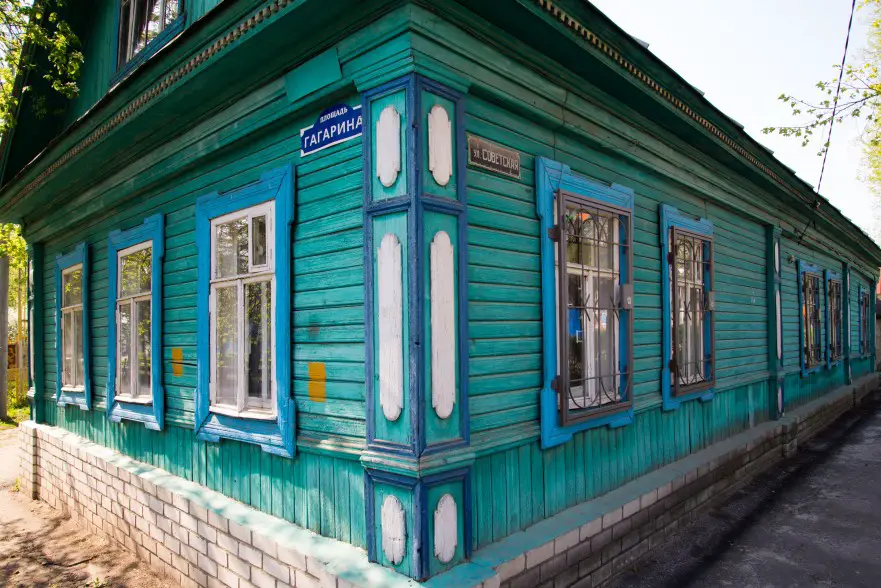
photo source: theworldbyroad.com
Small works of art with lots of wooden embroidery
The wooden houses are true works of art, unique in style and were built by craftsmen in the style specific to the area from which they or the owner of the house came. They are adorned around the doors and windows, under the eaves, on the roof or on the verandah, with ornaments carved in wood. These ornaments contain symbols that go far back into the pre-Christian period. The symbols are mostly found around doors and windows - the entry ways of the spirits - and protect the house from evil spirits, bring well-being, ensure rich harvests and good weather. The same symbols are also found inside, on the central beam supporting the house.
The decorations of older houses, built in the 18th and early 19th centuries, contain simple symbols with a central axis, representing crosses, triangles or stars. Houses built during the development of the woodworking industry, with the advent of mechanised tools, have more complex, elaborate symbols. Unfortunately, hundreds of years of symbolism are lost or the meaning becomes blurred. During the Soviet period, when the displacement of people from one area to another was a common practice, the migration of craftsmen meant that the purity of each region's symbols was no longer preserved, and they became mixed and blurred in message.
Despite being part of Russian history and architecture, wooden houses are left to die away from the visited and promoted centres of big cities. Unfortunately, such a trend exists in our country, where more and more old houses, steeped in history, traditions and memories, are being demolished and cold, impersonal glass buildings are appearing in their place.
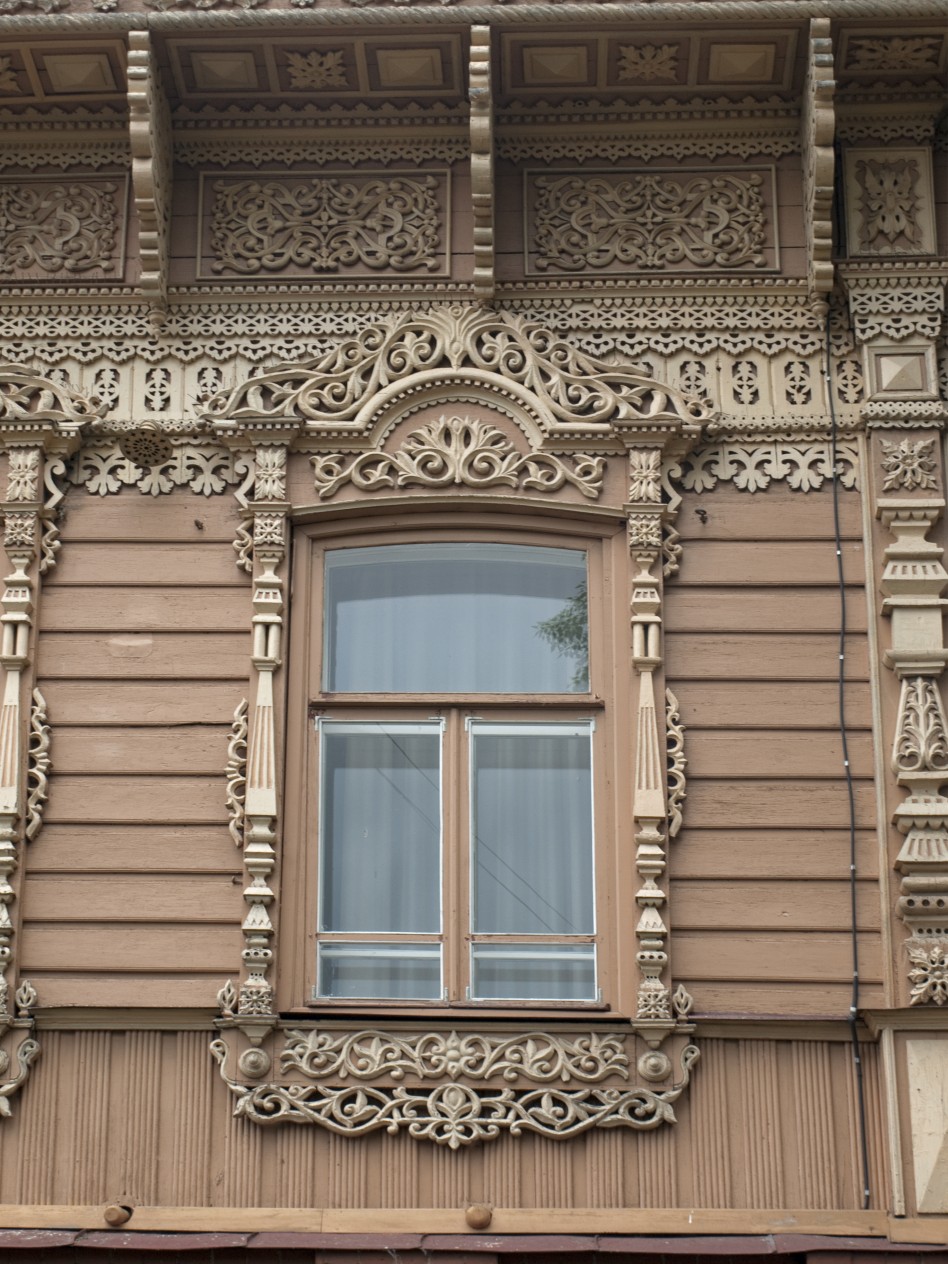
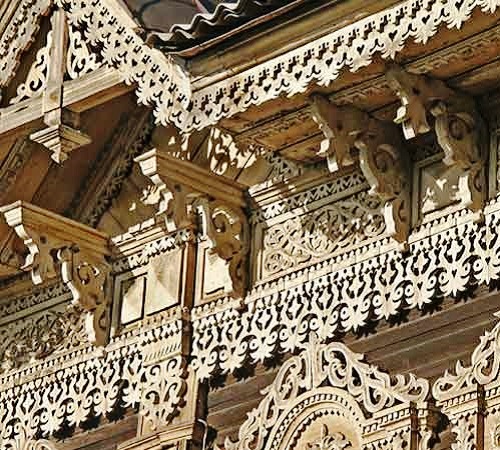
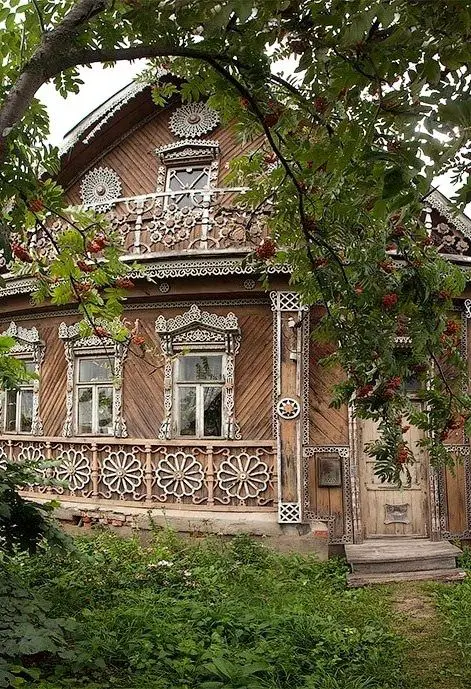
photo source: pinterest.com
























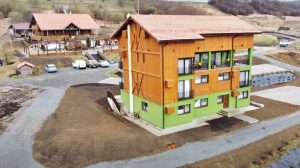
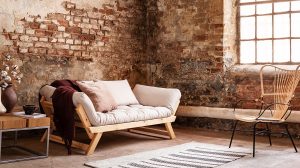
Add comment